search & explore Croatia
Croatia
Destination Guide
The Ultimate Guide Before You Plan for your Next Trip
Croatia is a beautiful and enchanting country whose wonders and natural beauty never cease to amaze people. It is a country situated in the Balkans and in Central Europe. With attractions ranging from sun-drenched beaches and cliffs around Dubrovnik to the dense forests around Plitvice, makes it one of the best-known tourist destinations. Unfortunately, like so many treasures of great value, Croatia has been fought over time and time again, often finding itself in the middle of dangerous political divides and deadly ethnic tensions. The friendly and upbeat country demands to be seen at any cost. Geographically it has diverse flat agricultural plains along the Hungarian border (Central European area), low mountains and highlands near the Adriatic coastline and islands. All the Mediterranean regions are beginning to be overrun with tourists coming from everywhere to enjoy the beach.
Attractions in Croatia
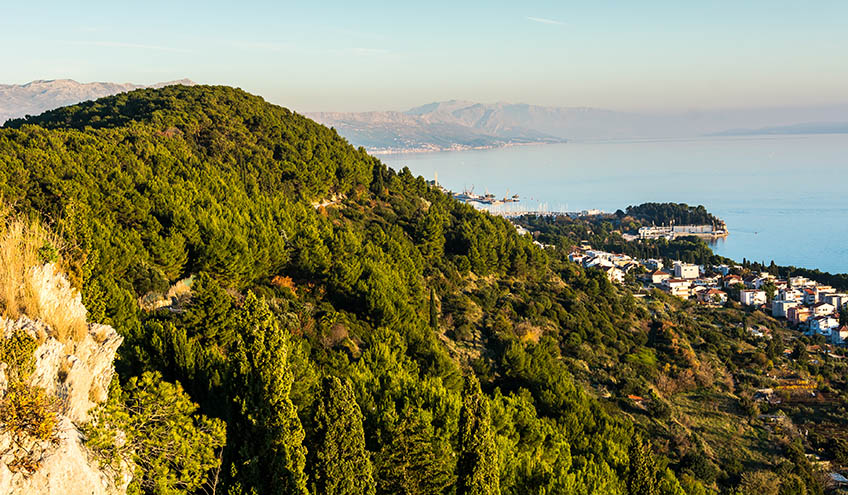
Dubrovnik
Dubrovnik
Gracing the shores of the Adriatic is the beautiful city of Dubrovnik. Explore the churches, fort, palace, monuments, shops, and restaurants in the historic city centre. The finest Renaissance highlight is the Sponza.The St. Saviour Church is another remnant of the Renaissance period, next to the much-visited Franciscan Monastery. Mljet island -Further along the Adriatic is the untouched forests of Mljet Island. Its geological structure consists of limestone and dolomite forming ridges, crests and slopes. A few depressions on the island of Mljet are below sea level and are known as blatine ("mud-lakes") or saltine ("salt-lakes").
Central Croatia
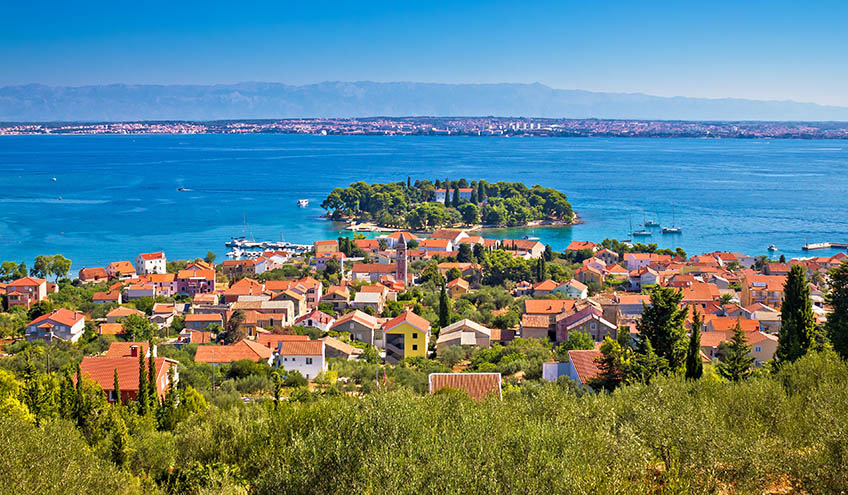
Central Croatia
The most interesting part of this large region is the north, with the hilly area of Zagorje, dotted with castles and spas, and the old city of Varaždin. Varaždin, with its unique monuments and artistic heritage, represents the best-preserved and richest urban complex in continental Croatia. The Old Town (fortress) is a beautiful example of medieval defensive buildings. The south has some natural highlights, such as the nature park Lonjsko polje, where it covers the area of the former Jasenovac concentration camp.
Slavonia
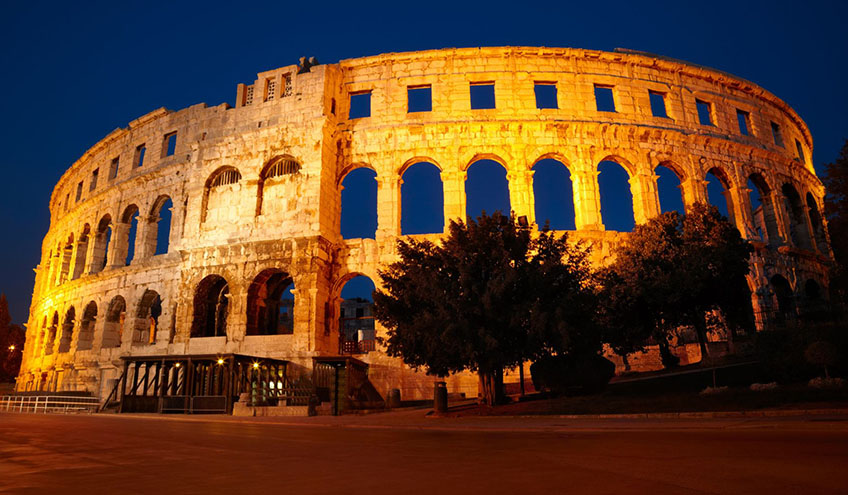
Slavonia
Tourism in this region is just developing, mostly with spas. The area of Baranja has the national park of Kopacki rit, a large swamp with an incredible variety of fauna and birds. It is one of the most important, largest and most attractive preserved intact wetlands in Europe.
Zagreb
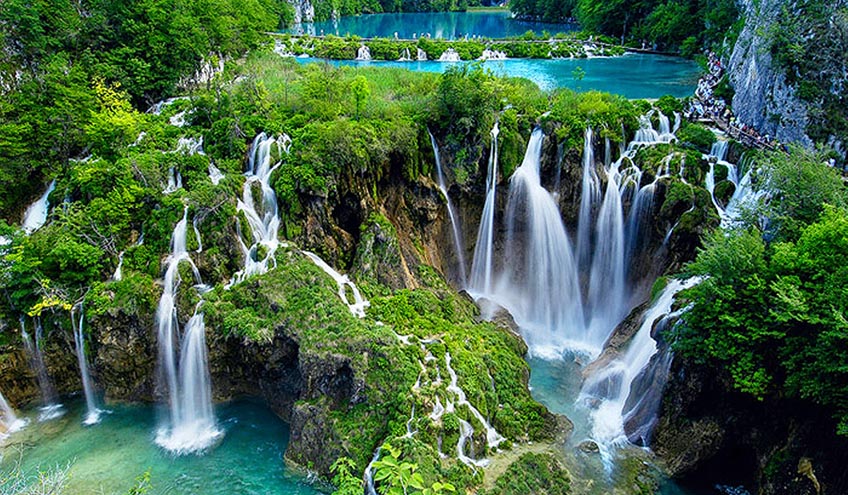
Zagreb
The Croatian capital is the country's largest cultural centre, with many museums and galleries. Zagreb is a city of parks and a great place to experience the culture. Some of Croatia's best museums and galleries are located in the city. Ethnographic Museum, Archeological Museum, Cathedral of the Assumption of the Blessed Virgin Mary, Samobor and Stone Gate are a few. Many Zagreb restaurants offer various specialties of national and international cuisine.

Kvarner & Highlands
Kvarner & Highlands
The entire Kvarner gulf provides striking sceneries, with tall mountains right next to the sea, overlooking a dozen large islands. The rare Eurasian lynx can be found in the highlands. The interior regions Gorski kotar, Velebit and Lika have vast stretches of virginal nature, with mountain peaks, forests and fields, many animal species including bears, and the national parks of Risnjak and Plitvice Lakes.The Plitvice Lakes National Park is the most popular park in Croatia.
Zadar
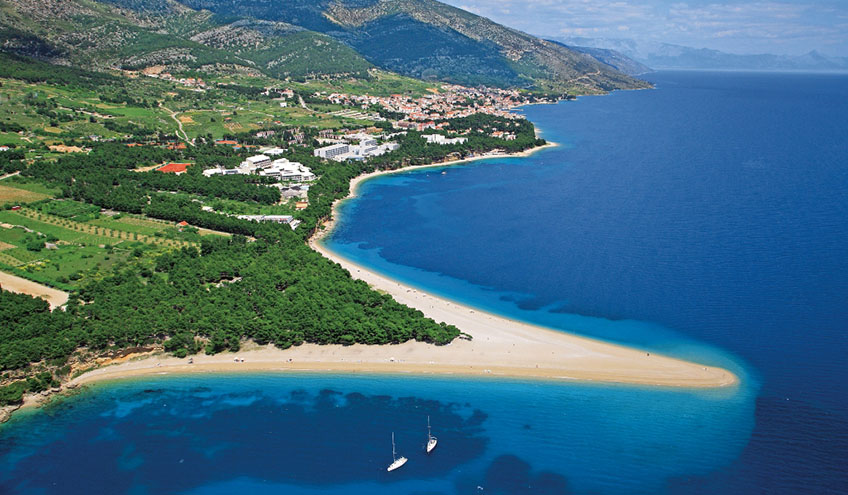
Zadar
Zadar is a mix of medieval architecture, Roman ruins, and beaches. Wander through the traffic free marble streets of the historic city centre and see the St Donat church. This region is a yachting paradise. The Kornati National Park has hundreds of mostly uninhabited islands. The interior has mixed plains and mountains, with the impressive Paklenica canyon as the main attraction. Paklenica National Park is the most visited climbing site in Croatia, and the largest in Southeast Europe. The close proximity of seawater gives this climbing site a special charm, making Paklenica Riviera an ideal place to combine climbing, hiking and water sports. The island of Pag
The island of Pag has one of the biggest party zones in Europe in the town of Novalja and Zrce. These beaches are well-known Croatian summer destination for partygoers, with several all-hours discotheques and beach bars operating during summer months.
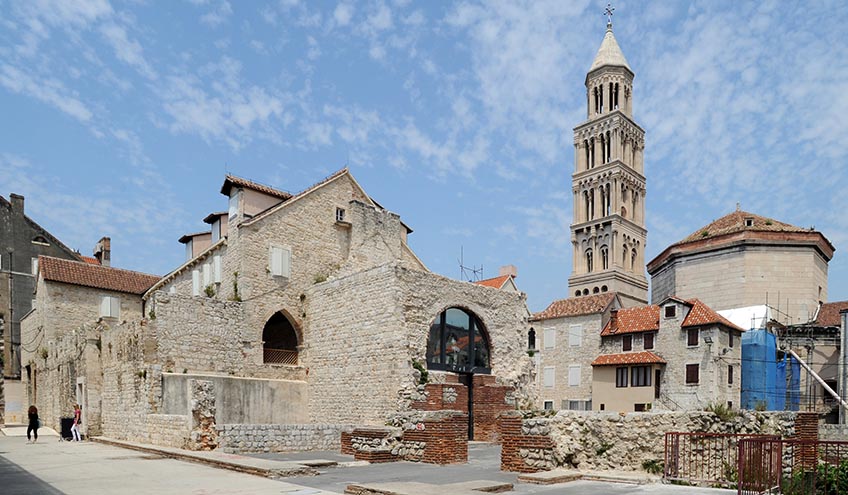
Šibenik
Šibenik
This is another popular yachting region, dotted with
islands, and centred around Šibenik and its famous
cathedral, the Cathedral of St. James. Several
fortresses, remnants of the Renaissance era can be
seen surrounding the city. The interior has the Krka
National Park with its waterfalls and religious
monasteries.
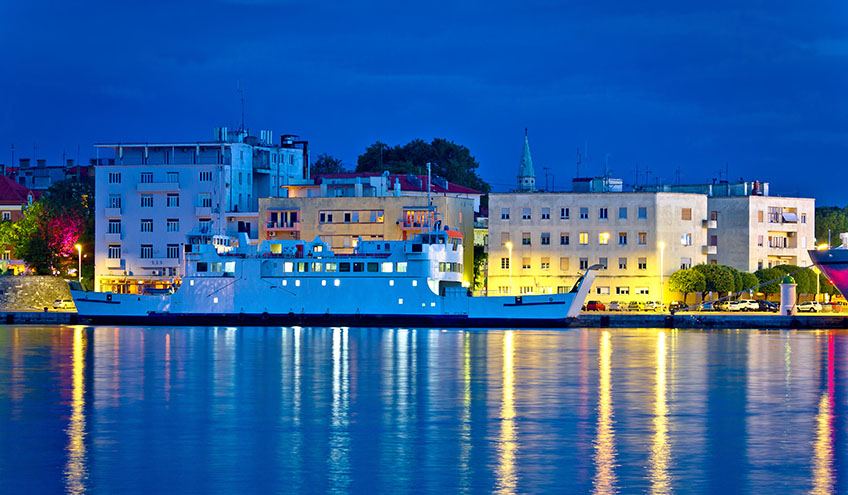
Split
Split
The coastal city of Split is also the second largest city in Croatia, and is well known for its unique Roman heritage, which includes UNESCO-protected Diocletian's Palace. Split is a mix of splendid old architecture and modern industry. The Makarska Riviera is a stretch of coastline known for its pristine beaches and is popular destinations among sunbathers for its beaches, clubs, cafes, kayaking, sailing, and hiking along the Biokovo range. The island promotes itself as "the sunniest spot in Europe The Gallery of Modern Art in Hvar is located in the Arsenal building, in the lobby of the historic Theatre of Hvar.

Dubrovnik
Dubrovnik
Gracing the shores of the Adriatic is the beautiful city of Dubrovnik. Explore the churches, fort, palace, monuments, shops, and restaurants in the historic city centre. The finest Renaissance highlight is the Sponza.The St. Saviour Church is another remnant of the Renaissance period, next to the much-visited Franciscan Monastery. Mljet island -Further along the Adriatic is the untouched forests of Mljet Island. Its geological structure consists of limestone and dolomite forming ridges, crests and slopes. A few depressions on the island of Mljet are below sea level and are known as blatine ("mud-lakes") or saltine ("salt-lakes").
Central Croatia

Central Croatia
The most interesting part of this large region is the north, with the hilly area of Zagorje, dotted with castles and spas, and the old city of Varaždin. Varaždin, with its unique monuments and artistic heritage, represents the best-preserved and richest urban complex in continental Croatia. The Old Town (fortress) is a beautiful example of medieval defensive buildings. The south has some natural highlights, such as the nature park Lonjsko polje, where it covers the area of the former Jasenovac concentration camp.
Slavonia

Slavonia
Tourism in this region is just developing, mostly with spas. The area of Baranja has the national park of Kopacki rit, a large swamp with an incredible variety of fauna and birds. It is one of the most important, largest and most attractive preserved intact wetlands in Europe.
Zagreb

Zagreb
The Croatian capital is the country's largest cultural centre, with many museums and galleries. Zagreb is a city of parks and a great place to experience the culture. Some of Croatia's best museums and galleries are located in the city. Ethnographic Museum, Archeological Museum, Cathedral of the Assumption of the Blessed Virgin Mary, Samobor and Stone Gate are a few. Many Zagreb restaurants offer various specialties of national and international cuisine.

Kvarner & Highlands
Kvarner & Highlands
The entire Kvarner gulf provides striking sceneries, with tall mountains right next to the sea, overlooking a dozen large islands. The rare Eurasian lynx can be found in the highlands. The interior regions Gorski kotar, Velebit and Lika have vast stretches of virginal nature, with mountain peaks, forests and fields, many animal species including bears, and the national parks of Risnjak and Plitvice Lakes.The Plitvice Lakes National Park is the most popular park in Croatia.
Zadar

Zadar
Zadar is a mix of medieval architecture, Roman ruins, and beaches. Wander through the traffic free marble streets of the historic city centre and see the St Donat church. This region is a yachting paradise. The Kornati National Park has hundreds of mostly uninhabited islands. The interior has mixed plains and mountains, with the impressive Paklenica canyon as the main attraction. Paklenica National Park is the most visited climbing site in Croatia, and the largest in Southeast Europe. The close proximity of seawater gives this climbing site a special charm, making Paklenica Riviera an ideal place to combine climbing, hiking and water sports. The island of Pag
The island of Pag has one of the biggest party zones in Europe in the town of Novalja and Zrce. These beaches are well-known Croatian summer destination for partygoers, with several all-hours discotheques and beach bars operating during summer months.

Šibenik
Šibenik
This is another popular yachting region, dotted with
islands, and centred around Šibenik and its famous
cathedral, the Cathedral of St. James. Several
fortresses, remnants of the Renaissance era can be
seen surrounding the city. The interior has the Krka
National Park with its waterfalls and religious
monasteries.

Split
Split
The coastal city of Split is also the second largest city in Croatia, and is well known for its unique Roman heritage, which includes UNESCO-protected Diocletian's Palace. Split is a mix of splendid old architecture and modern industry. The Makarska Riviera is a stretch of coastline known for its pristine beaches and is popular destinations among sunbathers for its beaches, clubs, cafes, kayaking, sailing, and hiking along the Biokovo range. The island promotes itself as "the sunniest spot in Europe The Gallery of Modern Art in Hvar is located in the Arsenal building, in the lobby of the historic Theatre of Hvar.

Dubrovnik
Dubrovnik
Gracing the shores of the Adriatic is the beautiful city of Dubrovnik. Explore the churches, fort, palace, monuments, shops, and restaurants in the historic city centre. The finest Renaissance highlight is the Sponza.The St. Saviour Church is another remnant of the Renaissance period, next to the much-visited Franciscan Monastery. Mljet island -Further along the Adriatic is the untouched forests of Mljet Island. Its geological structure consists of limestone and dolomite forming ridges, crests and slopes. A few depressions on the island of Mljet are below sea level and are known as blatine ("mud-lakes") or saltine ("salt-lakes").
Central Croatia

Central Croatia
The most interesting part of this large region is the north, with the hilly area of Zagorje, dotted with castles and spas, and the old city of Varaždin. Varaždin, with its unique monuments and artistic heritage, represents the best-preserved and richest urban complex in continental Croatia. The Old Town (fortress) is a beautiful example of medieval defensive buildings. The south has some natural highlights, such as the nature park Lonjsko polje, where it covers the area of the former Jasenovac concentration camp.
Slavonia

Slavonia
Tourism in this region is just developing, mostly with spas. The area of Baranja has the national park of Kopacki rit, a large swamp with an incredible variety of fauna and birds. It is one of the most important, largest and most attractive preserved intact wetlands in Europe.
Zagreb

Zagreb
The Croatian capital is the country's largest cultural centre, with many museums and galleries. Zagreb is a city of parks and a great place to experience the culture. Some of Croatia's best museums and galleries are located in the city. Ethnographic Museum, Archeological Museum, Cathedral of the Assumption of the Blessed Virgin Mary, Samobor and Stone Gate are a few. Many Zagreb restaurants offer various specialties of national and international cuisine.